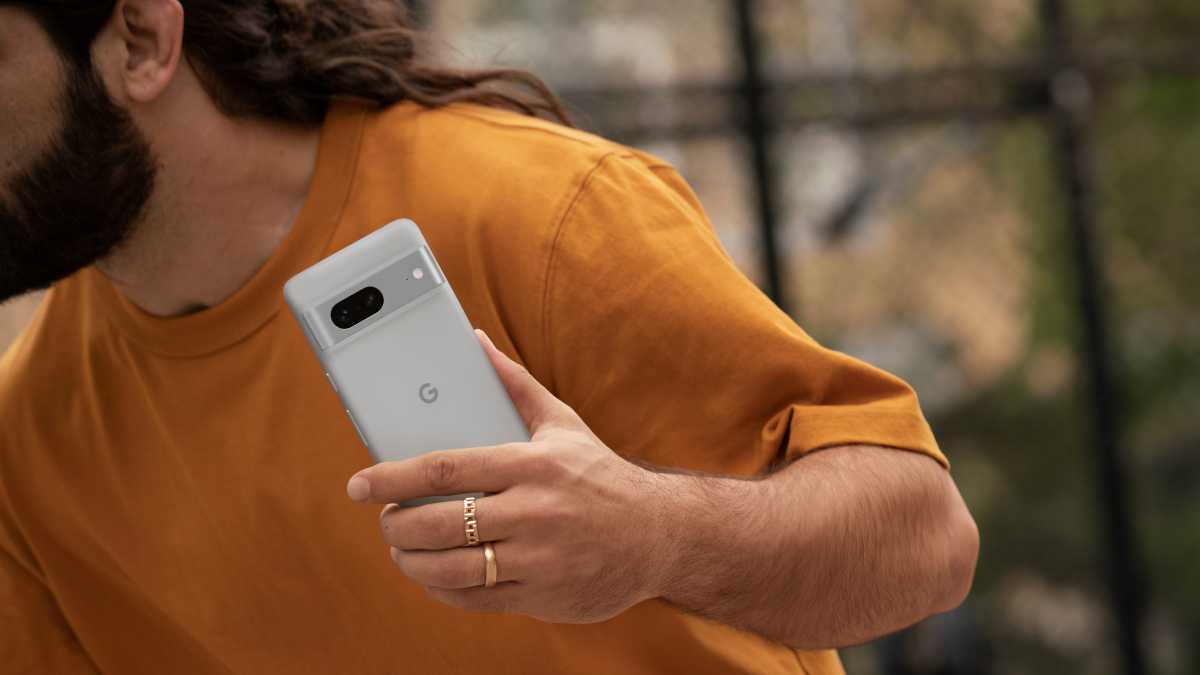Like the iPhone 14, the Pixel 7 Pro is unfinished
If you bought a new iPhone 14 or iPhone 14 Pro, you probably love it. If you’re ordered a Pixel 7 Pro, you’ll love that too. You don’t need to read a bunch of reviews to know that Apple’s current iPhone lineup is its strongest ever or that Google’s newest handset brings smart, meaningful changes and a camera system unmatched on any other smartphone.
Of course, I could’ve written the same thing last year. And the year before that. More than any other device, smartphones are forever a work in progress that somehow always feel like they’re not quite finished: The iPhone 12 Pro was missing ProMotion, the 13 didn’t have an always-on display, the Pixel 6 Pro was missing Face Unlock.
And your new iPhone 14 or Pixel 7, as good as it is and as much as you love it, is still a year or two away from being perfect. And it always will be.
The same but different
The Pixel 7 Pro looks a lot like last year’s model, with a camera bar on the back and small hole-punch for the selfie camera. It looks good, but it feels more like a compromise than the pinnacle of a decade of phone design.
The same can be said of the iPhone 14. Apple has essentially used the same design for three years, and while it’s recognizable, it’s also starting to feel a little stale. But it’s hard to pinpoint how it could change without a radical breakthrough. Like the Pixel 7, the camera needs a bump, the screen needs a camera cutout, and the bezels can’t be reduced much more.
Whatever phone you pick will feel unfinished despite what its maker will have you believe. We have dreams of cameras that are flush against the back, bezels that are invisible, thin sheets of glass that feel like paper. Maybe we’ll get there in 2030 or 2041, but for now, smartphones are in an endless cycle of catchup and one-upmanship that seems like it will never end.
IDG
Wait till next year
Apple is always a couple of years ahead when it comes to iPhone development, so while we’re buying the iPhone 14, engineers are working on the iPhone 16. That’s part of the reason why Apple always seems to hold back features. With each iPhone generation, you can point to a major feature that should be there but isn’t.
Besides, it’s not like Android phones aren’t catching up too. One of the Pixel 7’s premier camera features is Cinematic Blur, which is basically a carbon copy of the iPhone 13’s Cinematic Mode. The same goes for Macro Focus, which was introduced on the iPhone 13 Pro last year.
iPhone fans and Pixel fans will argue that the features are different, but that’s not really the point. Phones are playing a simultaneous game of catch-up and one-up that gets repeated each year, and there’s always going to be something that one has and the other doesn’t. For example, the iPhone 14 Pro has a telephoto lens, but it’s not as good as the one on the Pixel 7 Pro or the Galaxy S22. That’s probably coming with the iPhone 15.

One of the Pixel 7’s marquee camera features is basically Cinematic Mode.
After years of 12MP photos, the iPhone only just got a 48MP camera. High-megapixel cameras and always-on displays have been staples of high-end Android phones for years, and Apple could have given them to us at any time over the past few updates. But that’s not how the game works. Apple and Google are never going to give us more than the exact feature set calculated to keep us happy enough to buy the latest model, but unsatisfied enough to want to upgrade the following year.
Maybe the Pixel 8 gets a Dynamic Island feature. Or the iPhone 16 gets Google’s Magic Eraser and Photo Unblur. Maybe something like the camera bar comes to iPhone at some point or the Pixel gets a flatter design.
While you explore your new iPhone 14 Plus, features for the iPhone 16 are already being finalized and unlikely to change much between now and 2024. And by the time they arrive, there will be something else the iPhone doesn’t have.
For all the latest Technology News Click Here
For the latest news and updates, follow us on Google News.
